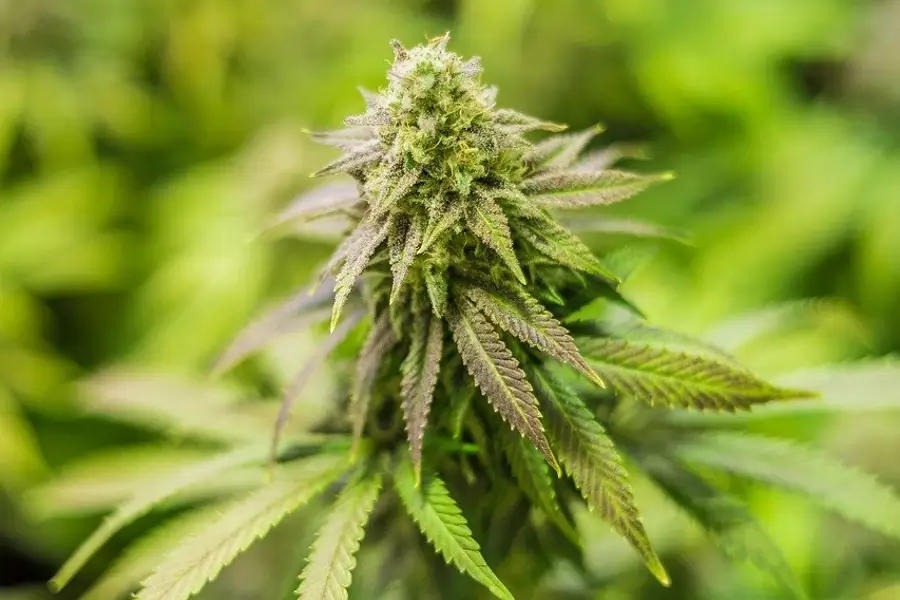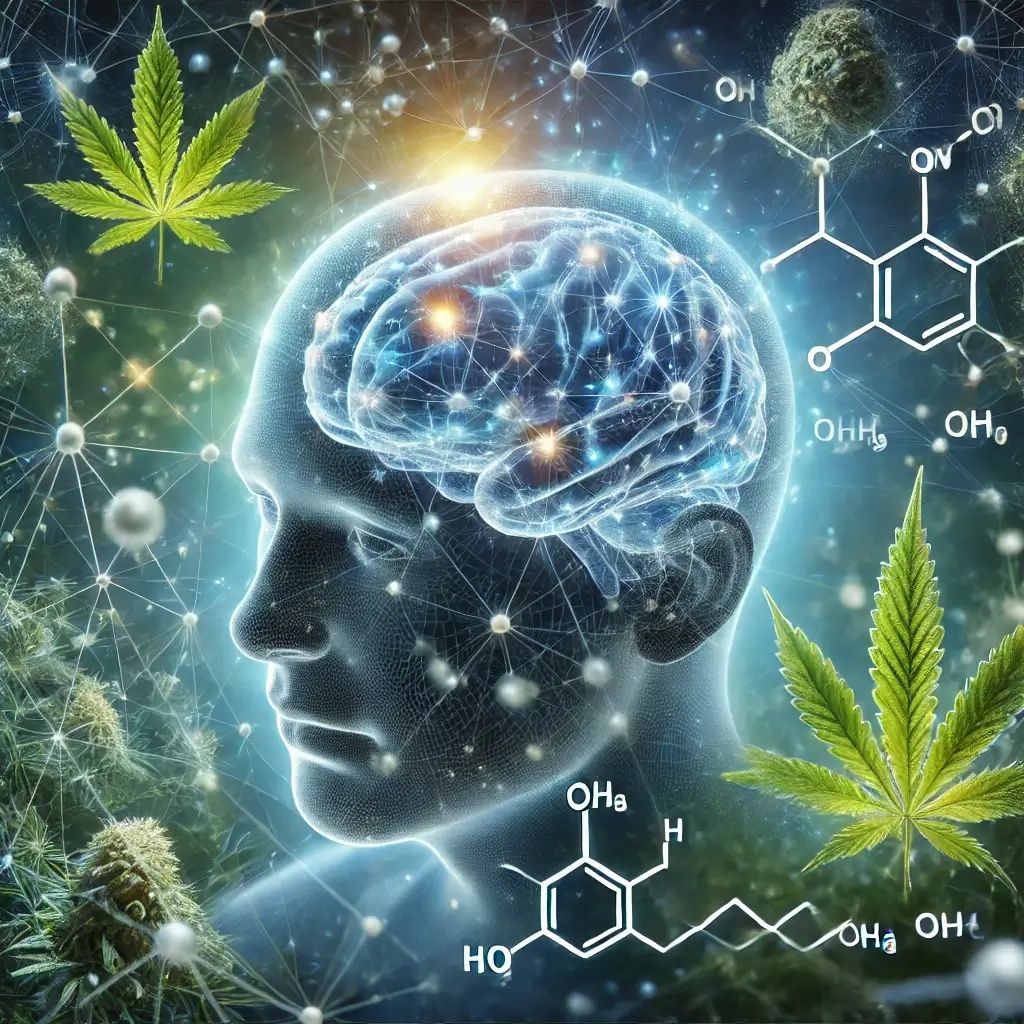Marijuana Has Been a Hotly Debated Topic for Some Time
Particularly in terms of its potential efficacy in chronic pain management. Chronic pain is a terrible ailment that affects millions of people worldwide and can significantly reduce their quality of life. Traditional pain drugs, such as opioids, are frequently used to treat chronic pain, but they are associated with a slew of adverse effects and the danger of addiction.
Marijuana, on the other hand, has demonstrated promising effects in the treatment of chronic pain. The cannabis plant is a complex creature with a wide range of chemicals, including over 100 cannabinoids.
Tetrahydrocannabinol (THC) and cannabidiol (CBD) are two of the most well-known cannabinoids contained in cannabis, and they have both been widely explored for therapeutic purposes.
THC is the principal psychoactive component of cannabis, causing the “high” that is commonly associated with marijuana use. However, it also contains medical properties such as pain relief, anti-inflammatory actions, and hunger stimulation.
THC works by attaching to cannabinoid receptors in the brain, allowing it to modify pain signals and reduce inflammation in the body.
CBD, on the other hand, is a non-psychoactive cannabinoid that has received significant interest
CBD, on the other hand, is a non-psychoactive cannabinoid that has received significant interest in recent years due to its possible therapeutic applications. CBD, unlike THC, does not generate a “high.” Still, it does have a variety of therapeutic benefits, such as pain relief, anti-inflammatory effects, and the capacity to alleviate anxiety and depression.
CBD works by interacting with the body’s endocannabinoid system, which regulates several physiological processes such as pain, inflammation, and mood.
Other cannabinoids contained in cannabis include cannabigerol (CBG), cannabinol (CBN), and cannabichromene (CBC), each with its own set of therapeutic benefits. These cannabinoids work together to create cannabis’ medicinal benefits, giving it a promising treatment option for a wide range of medical problems.
When ingested, these substances interact with the body’s endocannabinoid system, which regulates pain, mood, and other physiological activities.
Marijuana has been found in studies to help manage a variety of chronic pain conditions, including neuropathic pain, inflammatory pain, and cancer-related pain. It can also help with symptoms caused by illnesses like multiple sclerosis, fibromyalgia, and arthritis.
Despite marijuana’s potential benefits in the treatment of chronic pain, there are legal and social hurdles to its use.
In addition to its pain-relieving qualities, marijuana has been shown to have fewer adverse effects than conventional pain medicines. It does not produce respiratory depression, a frequent side effect of opioids, and is less likely to result in addiction or overdose.
Despite marijuana’s potential benefits in the treatment of chronic pain, there are legal and social hurdles to its use. Marijuana remains illegal under federal law in the United States, and many people still consider marijuana a harmful narcotic.
However, as more studies are undertaken on its medical benefits, views and legislation governing its usage will likely alter.
Finally, marijuana has the potential to be a successful and safe treatment for chronic pain. While additional research is required to understand its advantages and hazards properly, it is evident that it belongs in the discourse about pain management.
As society moves towards a more holistic approach to healthcare, marijuana may become a more frequently recognized and used method of treatment.













